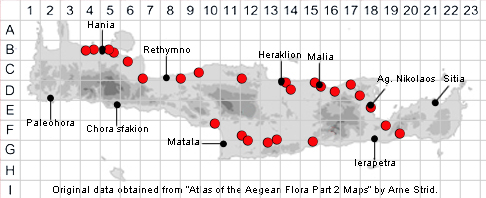SPECIES DESCRIPTION
AMARANTHUS VIRIDIS
Family and Genus:- See- AMARANTHACEAE
Common Names:- Waterleaf.
Homotypic Synonyms:- Euxolus viridis, Glomeraria viridis, Pyxidium viride.
Meaning:- Amaranthus (Gr) Unfading, reference to the everlasting flowers.
Viridis (L) Youthful, fresh-green.
General description:- Erect annual.
Stems:-
1) Up to 70 cm. procumbent to erect, glabrous or puberulent above, with long
branches from the base.
Leaves:-
1) 3-8 x 2-5 cm, ovate-rhombic, somewhat emarginate, or mucronulate, long-
petiolate, usually longer than the blade, with a fine undulate margin, prominently
white-veined beneath.
Flowers:-
1) Terminal inflorescence, a long, thin ± flexuous, leafless pseudo-spike or panicle.
2) Bracteoles, c. 1 mm, shorter than the perianth, ovate, acuminate, membranous.
3) Perianth segments, 3, 1-1.5 mm, weakly spatulate, usually acuminate, whitish
with a green midvein.
Fruit:-
1) Capsule, when, pyriform, slightly beaked, strongly wrinkled and folded,
indehiscent
2) Seed, completely filling the fruit cavity.
Key features:-
1) Fruit, strongly muricate, subglobose.
2) Stems, sometimes puberulent above.
Habitat:- Roadsides, olive groves, wasteground and trampled areas. 0-400(-800) m.
Distribution:- Coastal areas throughout Greece. Probably native to South America,
widely naturalised elsewhere. Fairly common and widespread around the coastal
areas of Crete.
Flowering time:- May-Oct.
Photos by:- An Other

